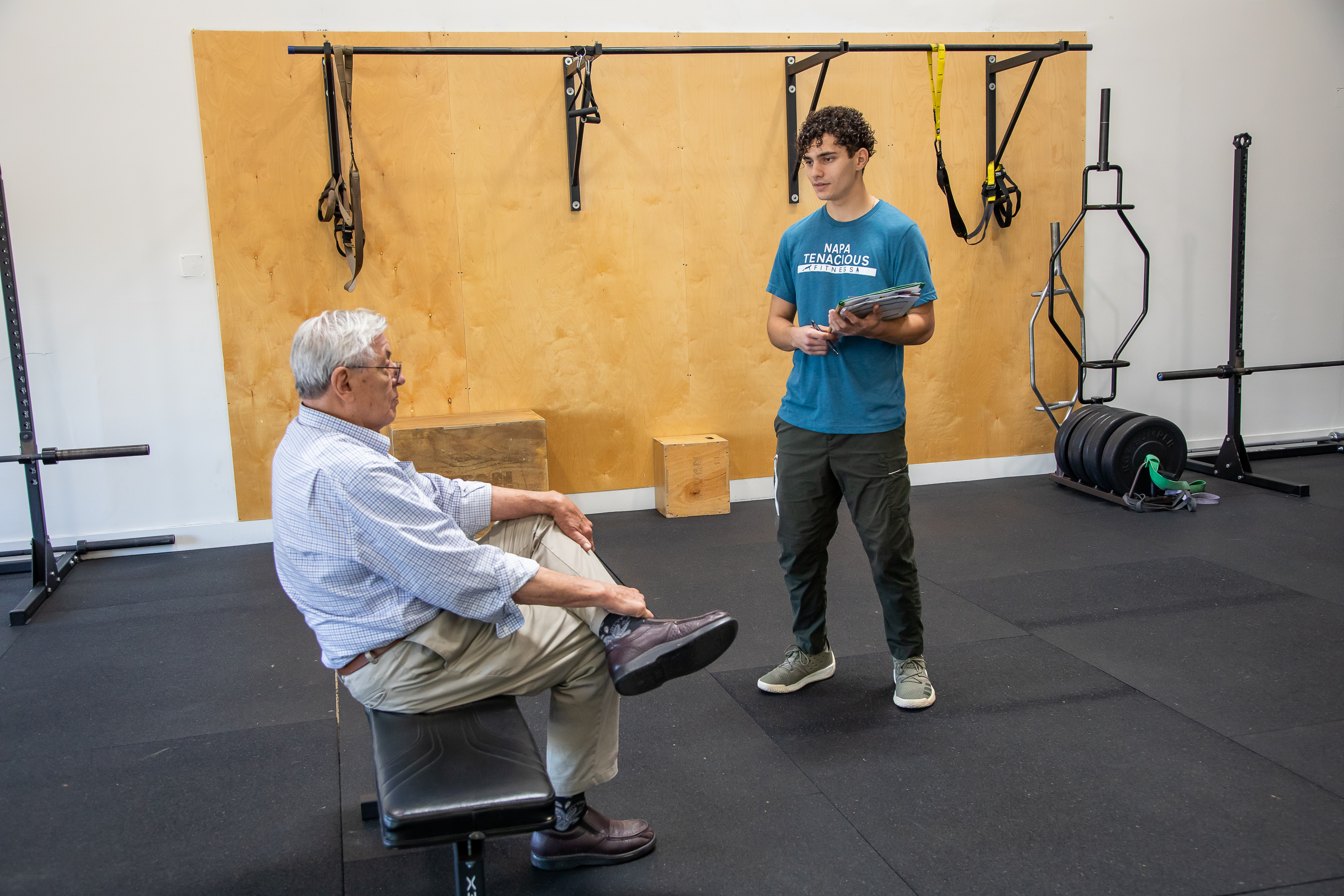Napa’s Highway 29 serves as a central transportation system for local Napans to travel north and south throughout the valley. Reasons for travel might include heading to work up valley in St. Helena or Calistoga, heading south into Napa from St. Helena to drop kids off at school, or for tourists utilizing travel agencies and wine tours to visit Napa Valley’s sought-after winery experiences.
The two branches of primary transportation consist of Highway 29 and Silverado Trail. Therefore, appreciating the infrastructure of Napa’s two main highways is essential to the optimal function of people living in Napa.
If we view these two long roads from an overhead view, you’ll see they resemble straight lines connecting the north to the south end of the valley. A screenshot from a Google Earth image of Napa Valley’s map reveals the long roads starting from the south of the county spanning to the north. Zooming in closer, satellite images of Highway 29 reveals crossroads connecting the western Highway 29 to the eastern Silverado trail. Additionally, roads from Napa County’s major towns of Napa, Yountville, and St. Helena funnel into the pillar of more extensive and longer roads, allowing speeds of sixty-five miles per hour. These long roads allowing fast travel with limited stop lights are designed for the most efficient transportation of humans going from one end of the county to the other. Napa County’s Highway 29 and Silverado Trail are the core of sending humans from the farthest part of Napa County to the other.
We have a similar structure to highways located in our body that transports messages to and from various locations in our body. It’s located in the center of the body and has networks of cells that allow for the transportation of electric currents responsible for powering our organs, nerves, and muscles. This centralized highway within the human body is the spine.
The spine has a wide array of nervous system networks that power our heart, digestive system, and extremities, to name a few crucial factors. The different portions of the spine innervate unique parts of the body. For example, parts of the cervical vertebrae have “roads” of nerves that branch from the spine and travel down the upper extremities. The thoracic vertebrae located in the rib cage region has pathways of nerves responsible for the function of the lungs. The lower portion of the spine, at the lumbar vertebrae, have large nerves that travel down the lower extremities to power the muscles of the legs. A well-known main freeway that has many sub roads branching from it is the sciatic nerve.
Once there is a highway lane closure, Cal Trans workers have a detour put up. Or, there is a vehicle needing service on the side of a highway, the rate of travel for the humans in their cars slows down. The spine is identical when there is a blockage in the nerves that travel from the spinal cord to organs and extremities. For example, a compressed disc or an inflamed muscle surrounding the spine can cause a blockage in one of the nerves sending signals from the spine to the path of travel the electronic signal is meant to go. Common instances might include a tight neck sending tingling sensations from the armpit down to the fingertips or a tight back compressing sciatic root nerves budding from the lumbar vertebrae producing pain down the back of the leg. If blockages in the spine occur like blockages in freeways, the signals sent from our spine to our nerves can’t efficiently give messages to the body.
Fortunately, our body isn’t dictated by the wear and tear of the asphalt of a freeway or how fast our beloved Cal Trans workers can repave a road. The person responsible for the efficient travel of the messages sent from our brain to our nervous system is the person we look at every morning in the mirror; ourselves. Therefore, spine injury prevention is essential for the efficient travel of electronic signals sent from our brain to our body.
Engaging in routine exercise one to three times per week significantly reinforces the structural support of our spine. One of the most straightforward exercises to bolster the bracketing around our spine is the straight arm plank exercise. By holding a plank for fifteen to thirty seconds, the skeletal muscle surrounding each vertebra receives oxygenated blood flow; influencing the maintenance of muscle cells to help the spine support itself through physical stress. Likewise, engaging in a Yoga or Pilates class influences rotational, up and down, and side to side movements of the muscles holding the spine together. By engaging in physical activity that keeps the spinal muscles active, we perform proper maintenance on our main freeway of nerves, similar to how a highway stays paved after a team of Cal Trans workers resurfaces a road.
Understanding the significance of a healthy back is vital to the quality of our everyday lives. Like the way a road needs maintenance, so do the roads responsible for our nervous system traveling within our spine.
Sean McCawley, the founder and owner of Napa Tenacious Fitness in Napa, CA, welcomes questions and comments. Reach him at 707-287-2727, napatenacious@gmail.com or visit the website napatenaciousfitness.com.

